Comparative Transfusion Medicine
Comparative Transfusion Medicine describes the role of animals as donors in early human transfusions. Organized into 11 chapters, the book focuses on specific animal models of human hematologic diseases. After briefly dealing with the history of transfusion in medicine, the book discusses erythrocytes, white cells, platelets, and coagulation in various animal species, and then describes specific animal models of human hematologic diseases. It then considers the progress in bone marrow transplantation by pioneering histocompatibility studies of dogs. The discussion then shifts to the preparation components and clinical veterinary transfusions. The book also presents three problems in neonatal transfusion, including the failure of passive transfer, isoerythrolysis, and immunotherapy. The concluding chapters explore the developments in human autologous transfusion, blood substitutes, and hematopoietic growth factors. The book is of great value to veterinarians involved in research or in clinical transfusions, and to physicians and other scientists using animals in research.
{{comment.content}}
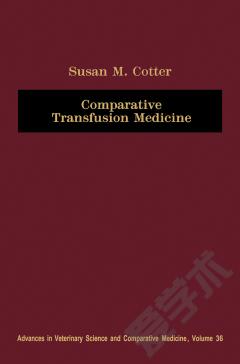

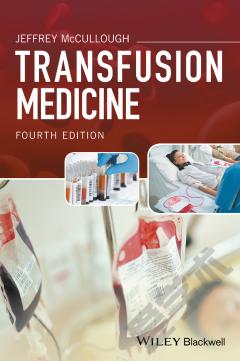
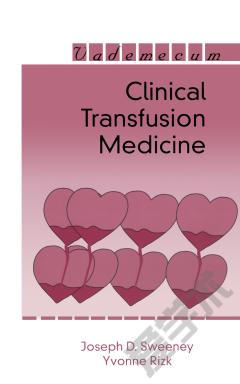
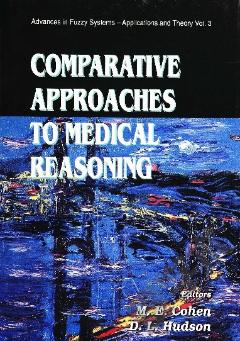
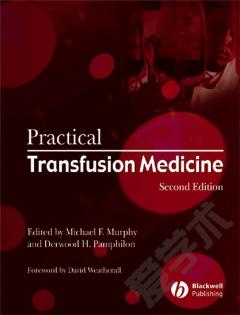


 京公网安备 11010802027623号
京公网安备 11010802027623号